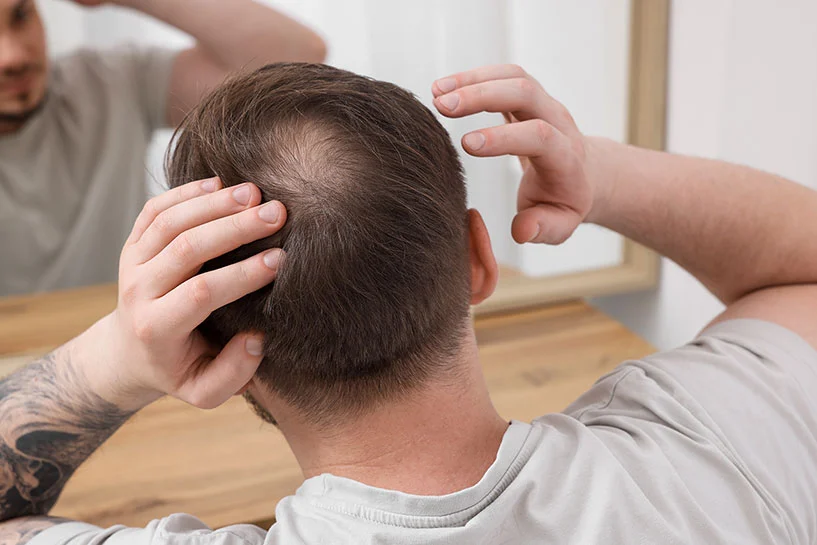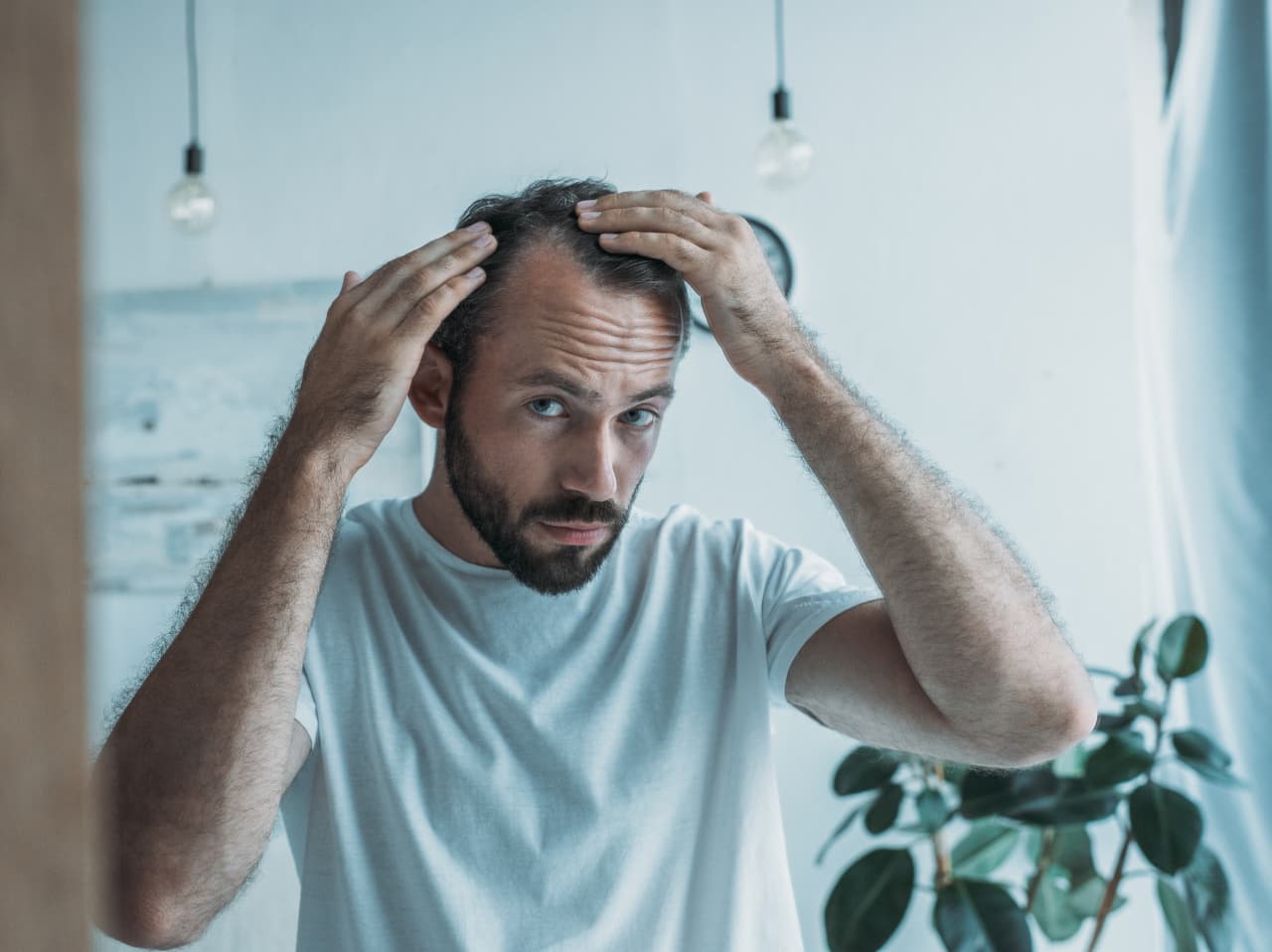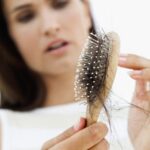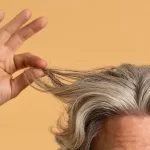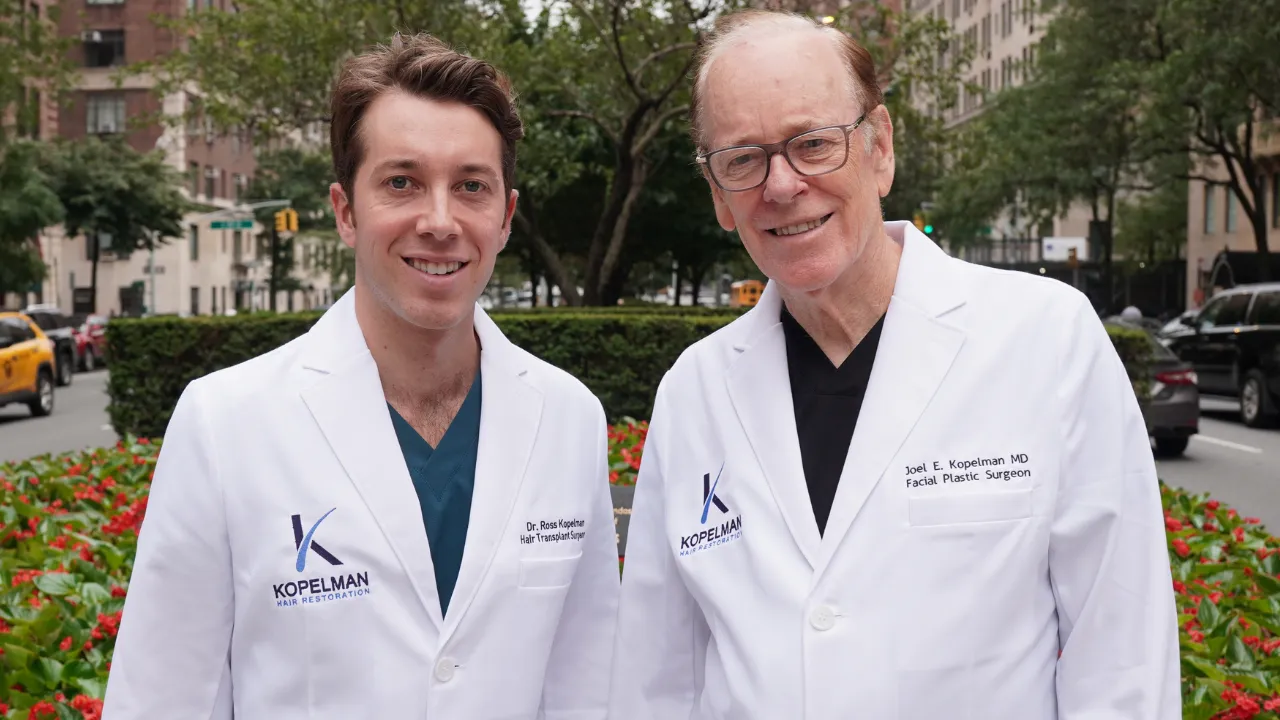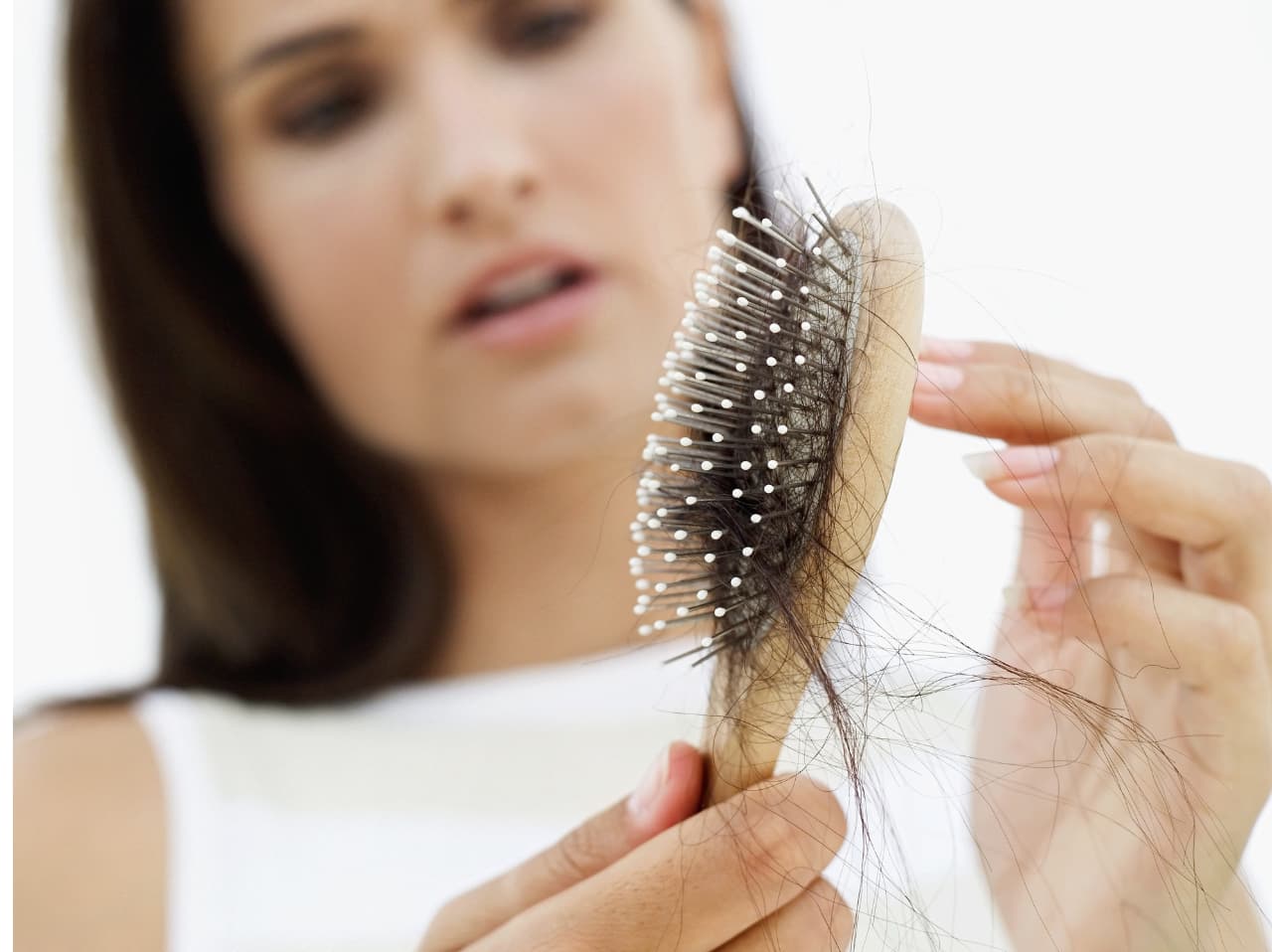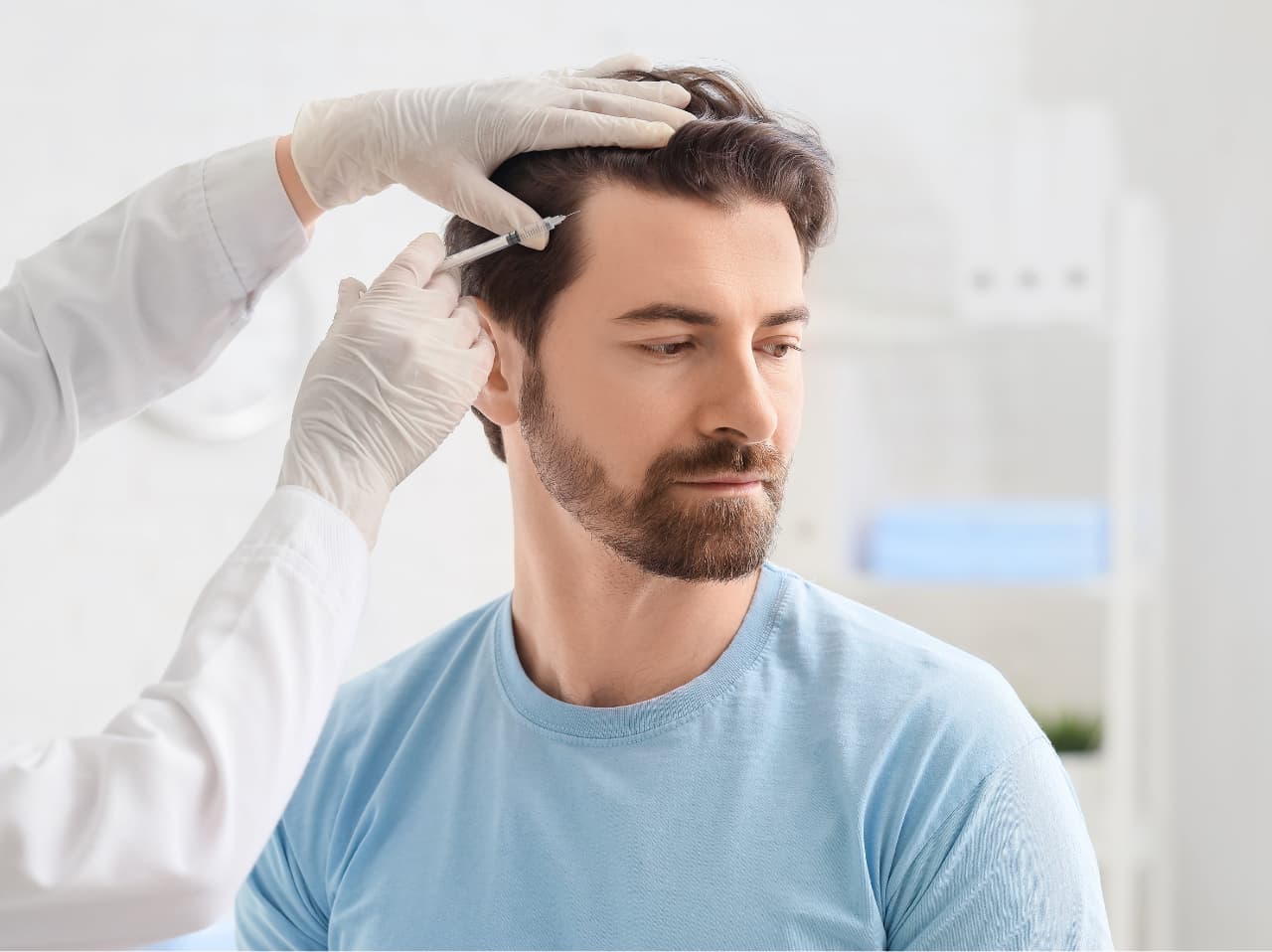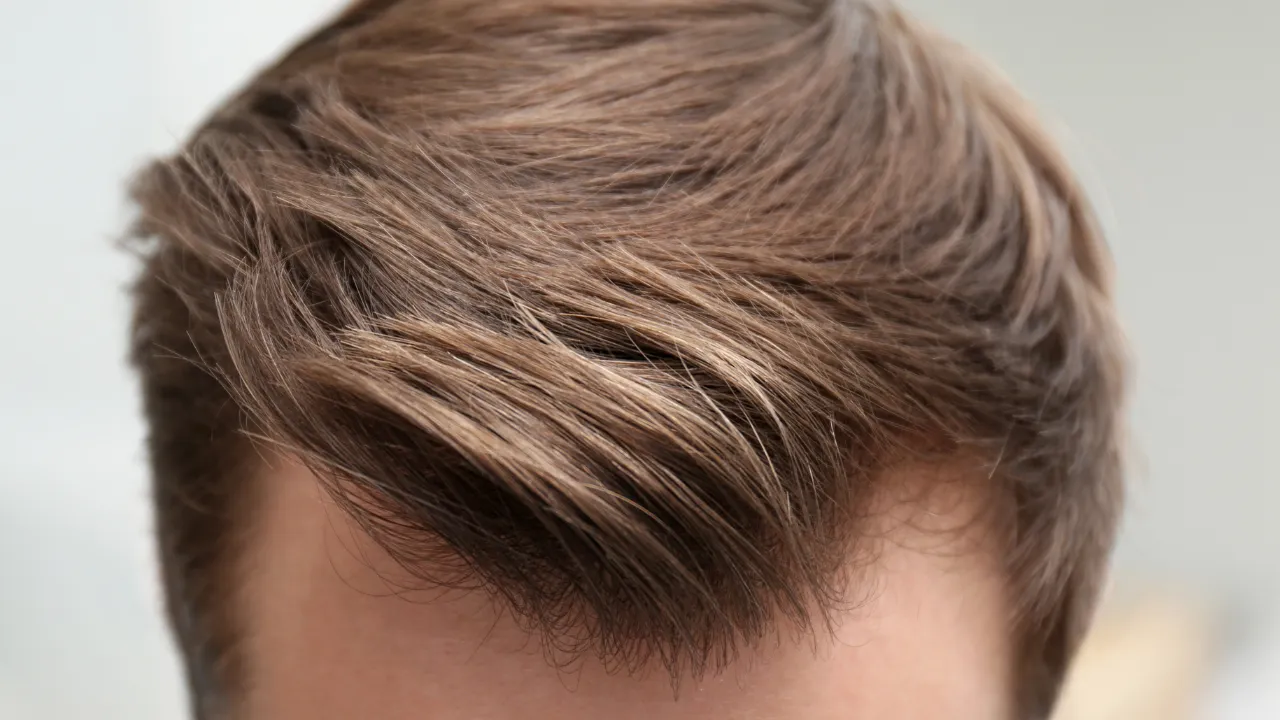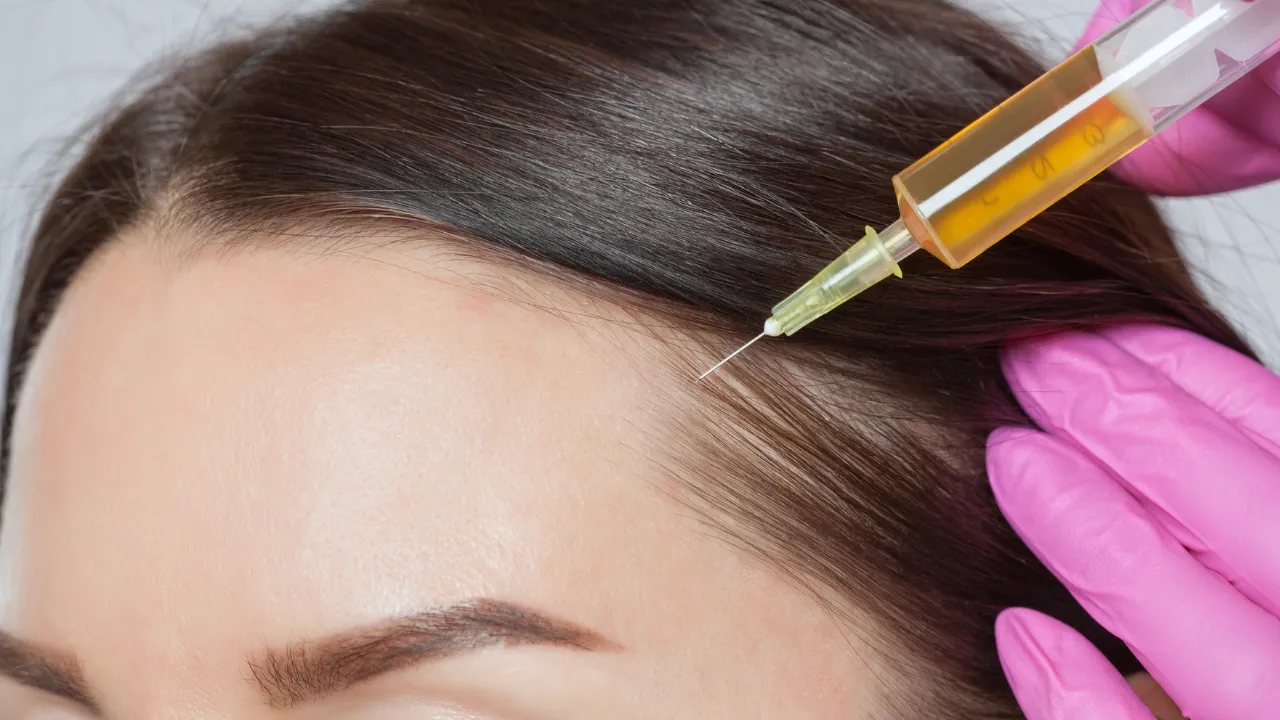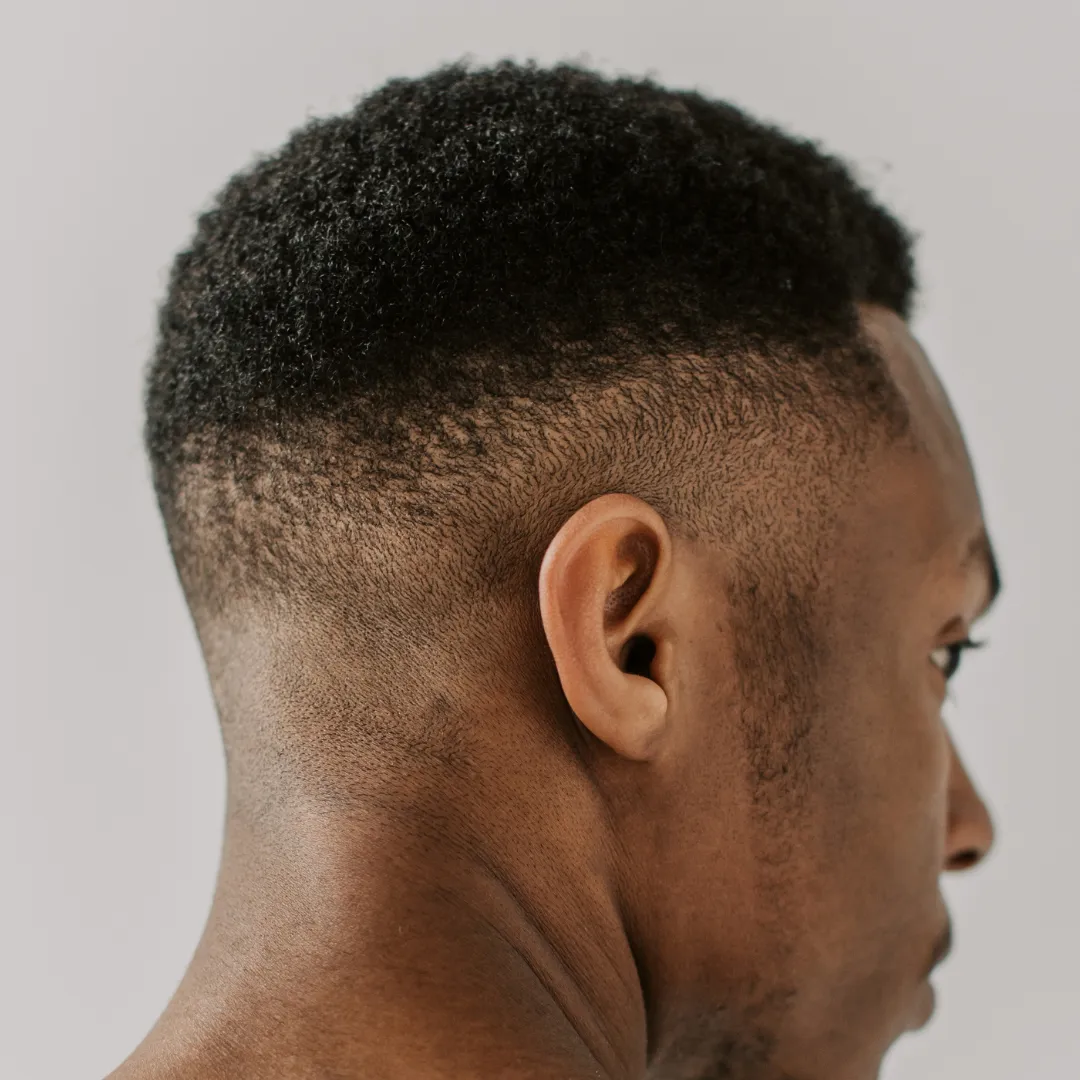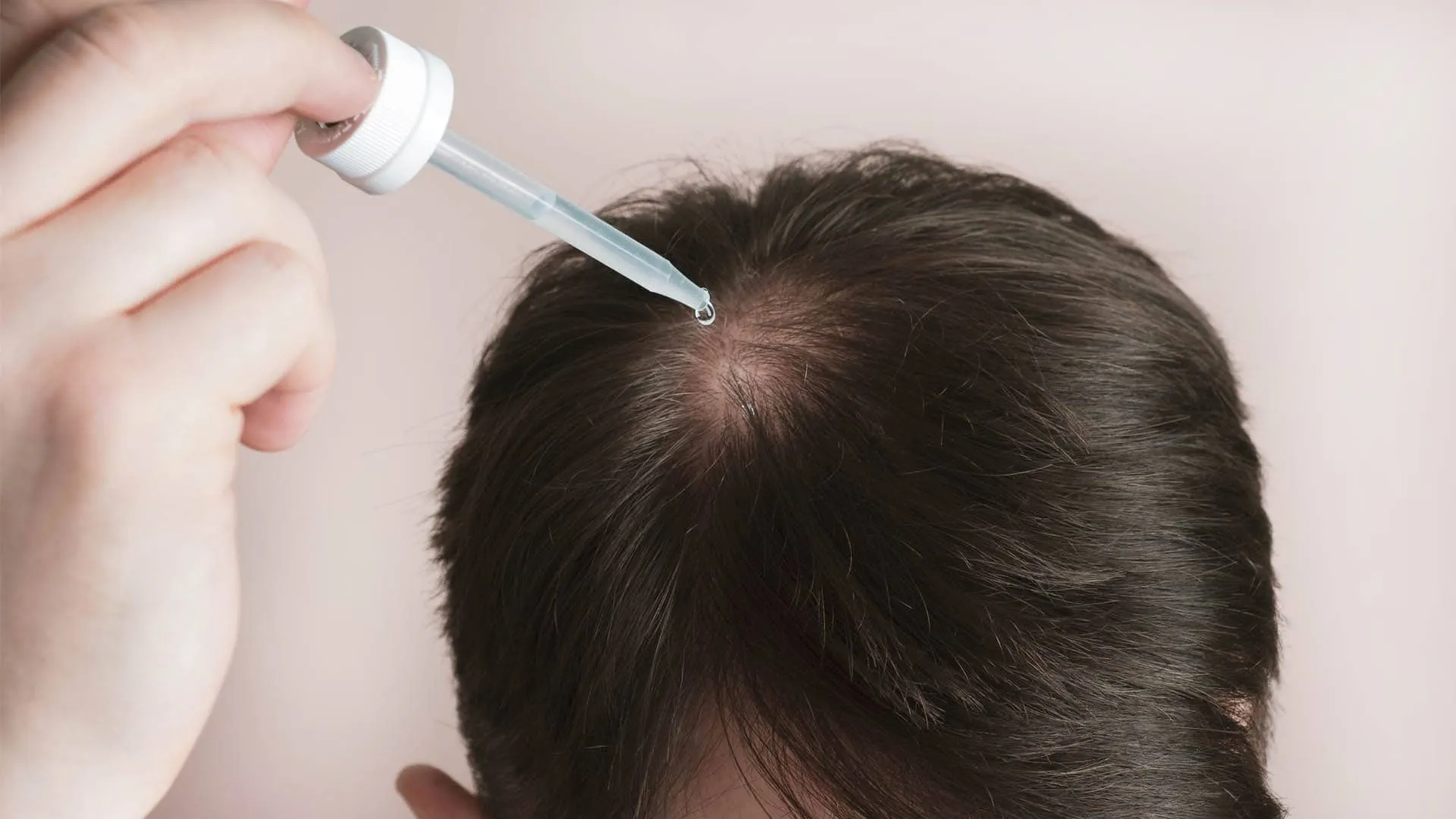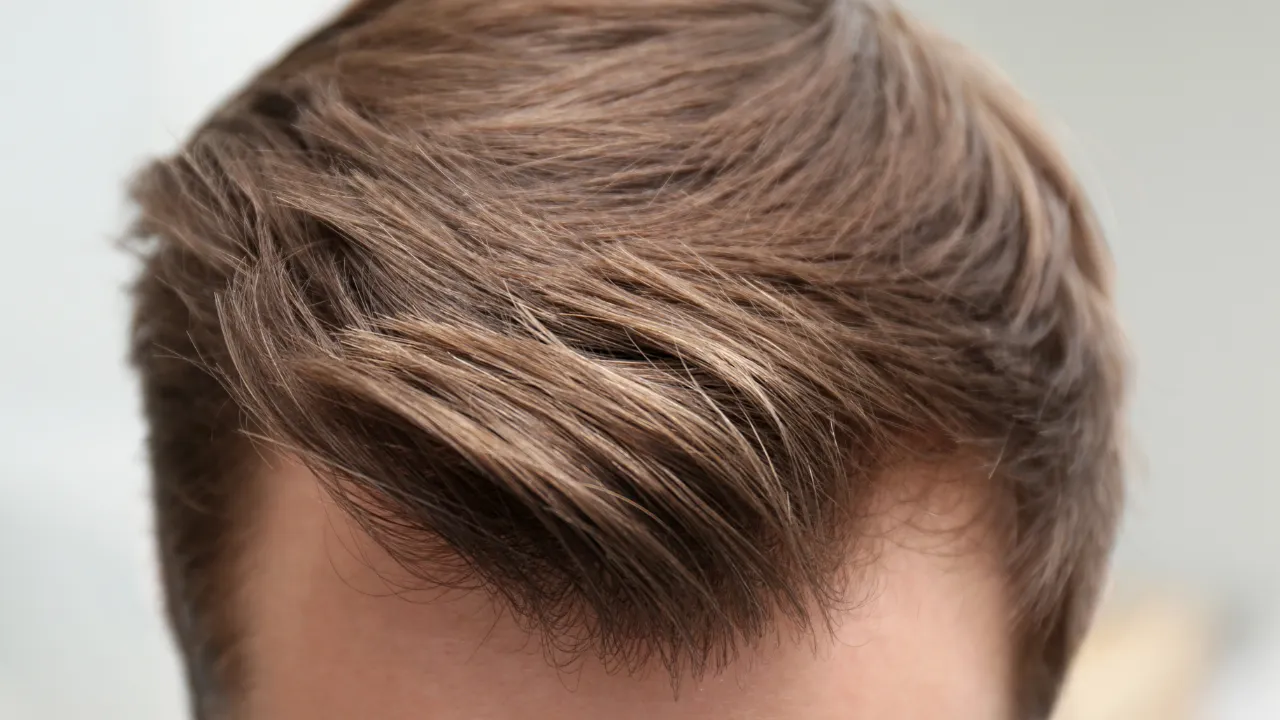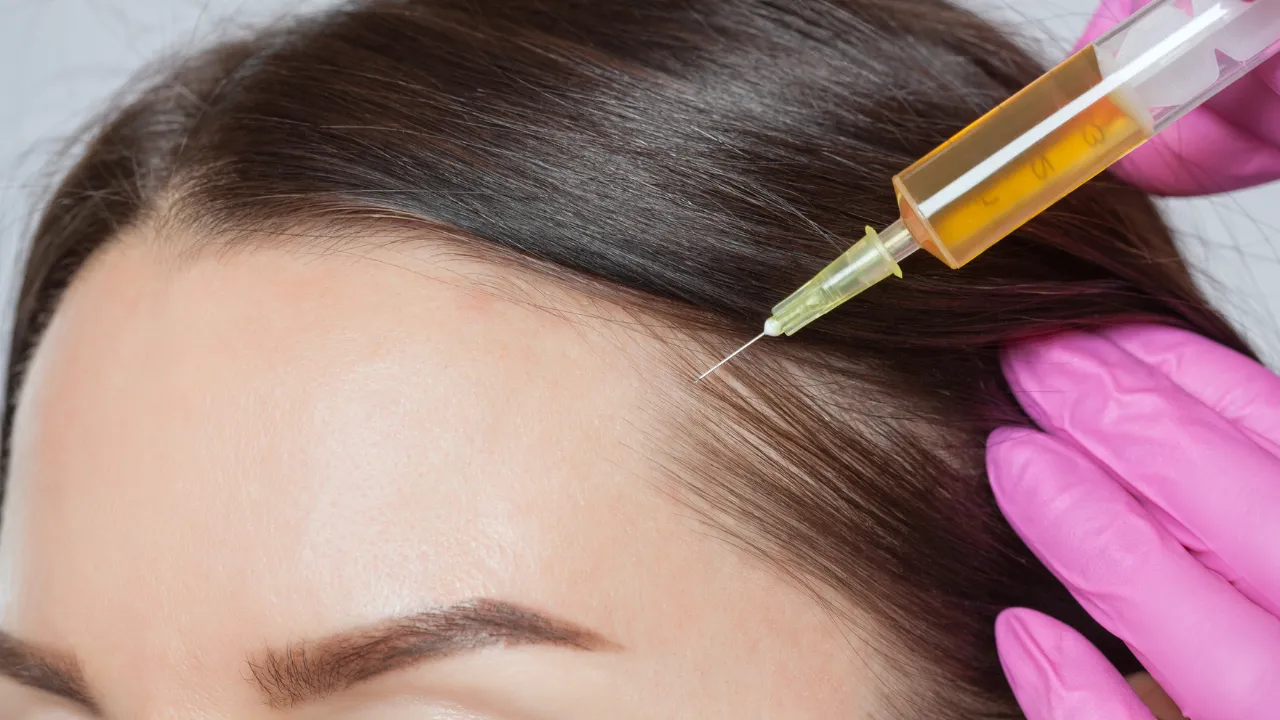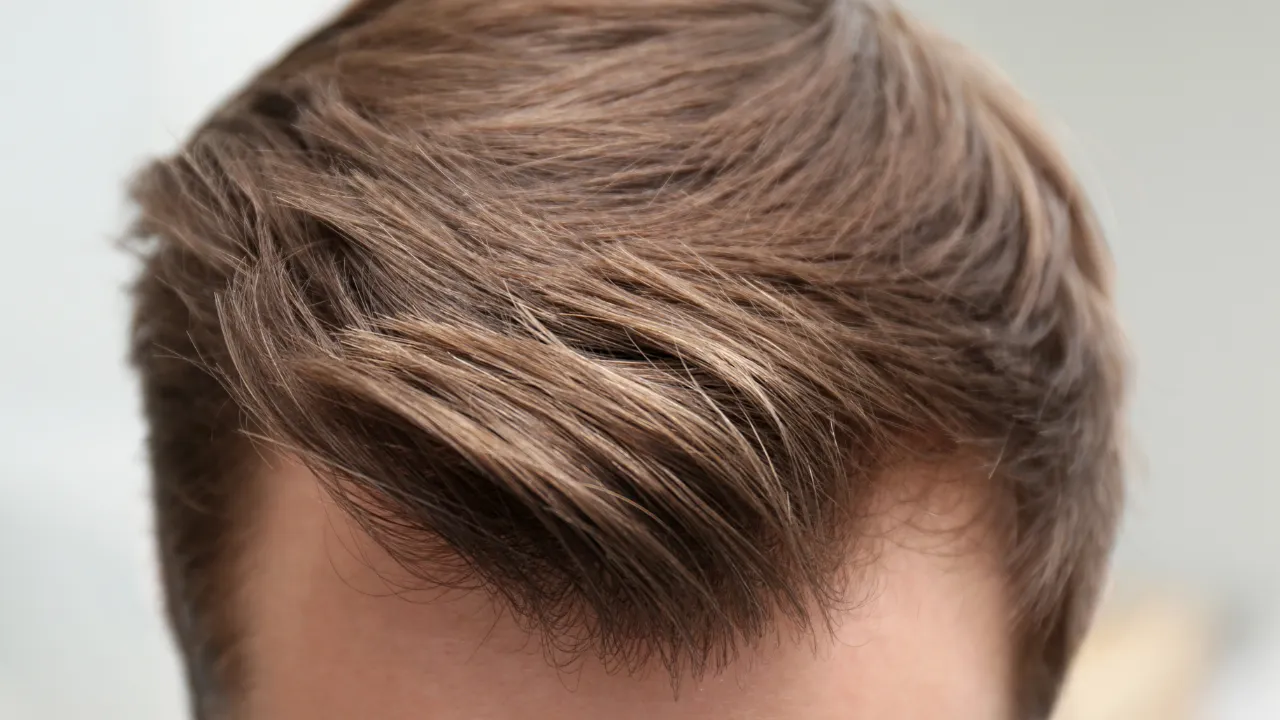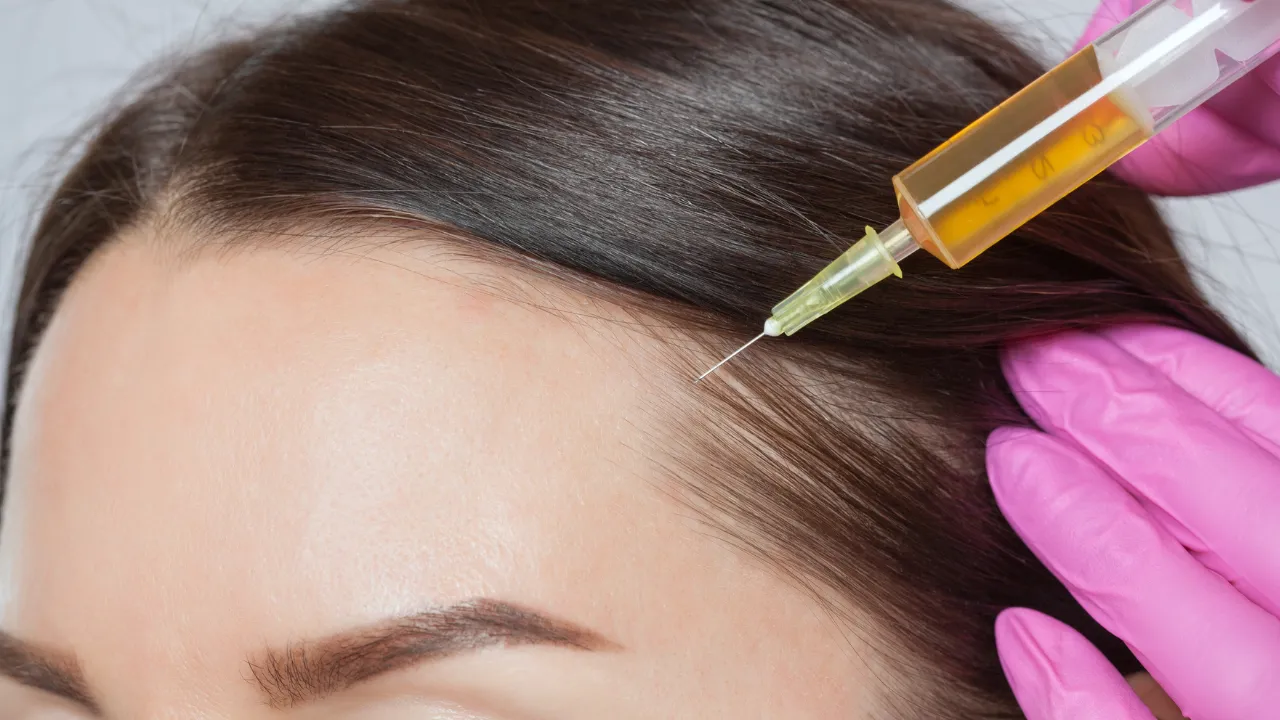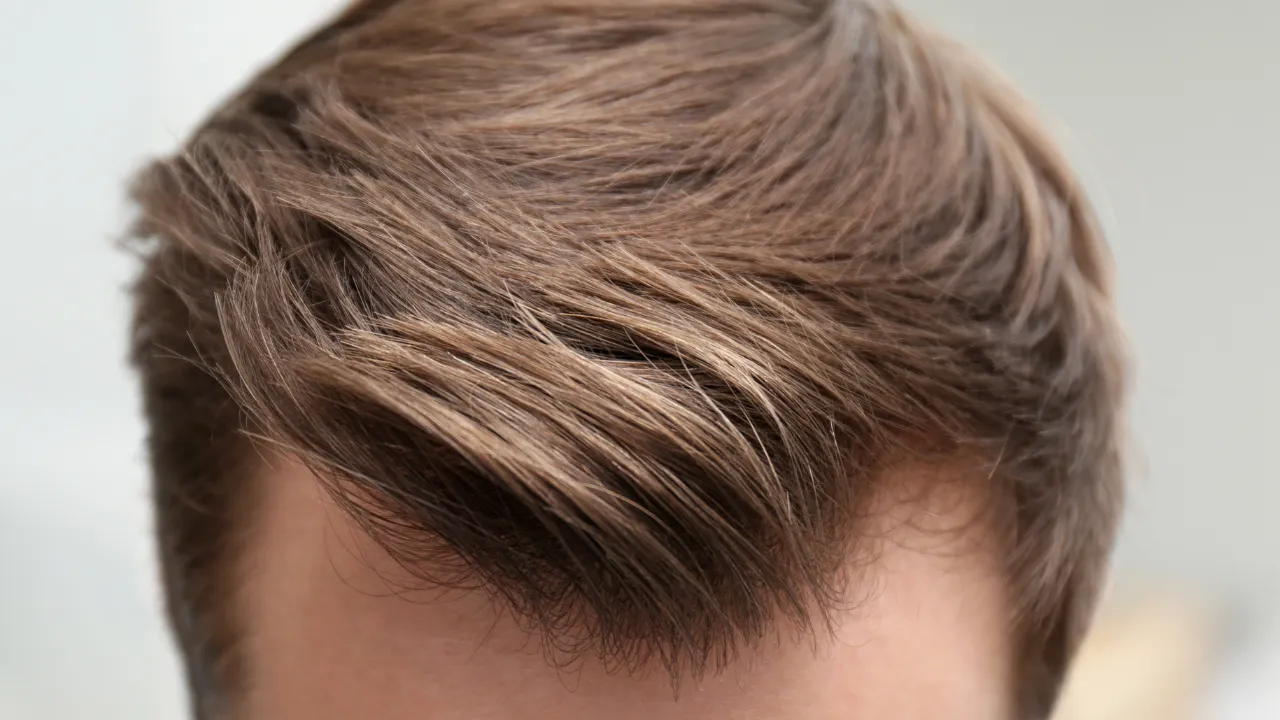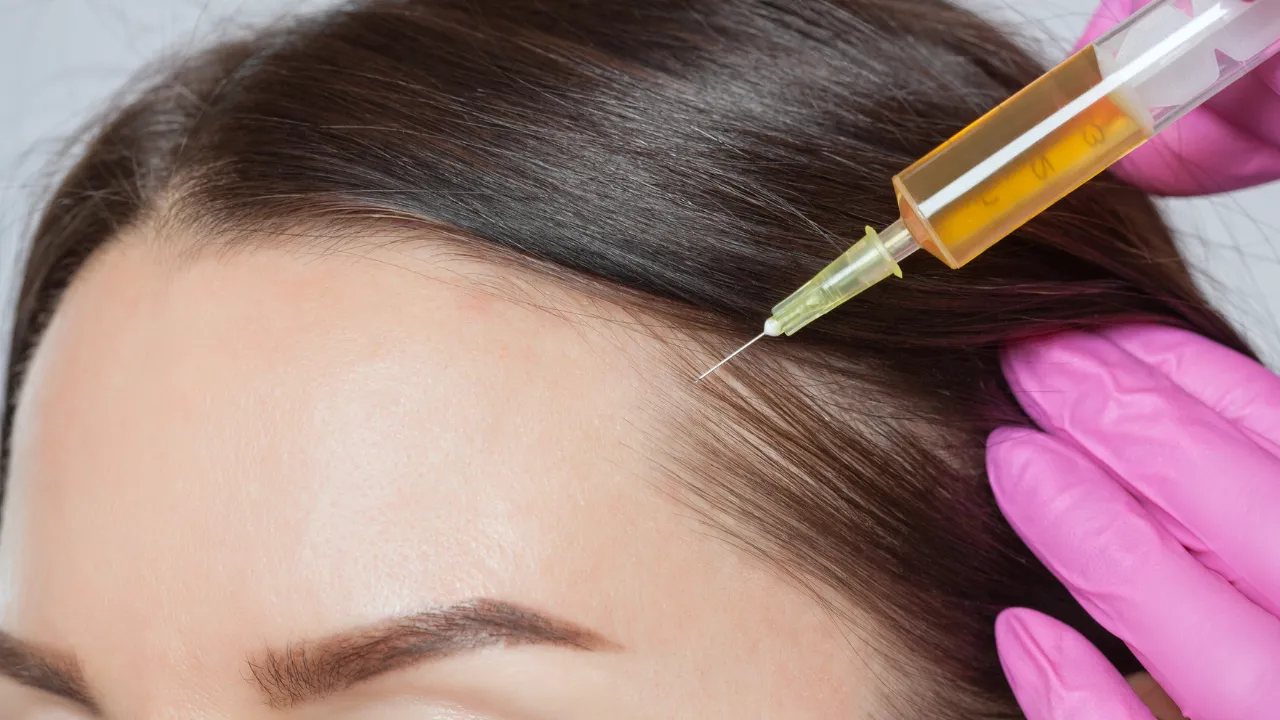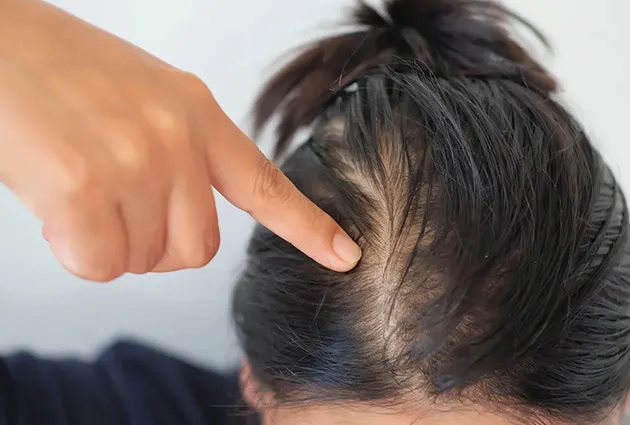Table of Contents
ToggleBalding age varies depending on genetics, hormones, and lifestyle, but studies show that about 20% of men see signs of balding in their 20s, and by age 50, half of all men have some degree of hair loss, while women often begin to notice hair loss in their 40s or 50s.
When does balding start? Is a question with more than one answer, since the timeline is influenced by both family history and individual health factors. At Kopelman Hair, we address these concerns every day.
With over 40 years of expertise, Dr. Kopelman and his team provide clear guidance on why hereditary hair loss happens, how to spot the early signs like a receding hairline, and what treatment options can protect hair follicles before the process advances.
Our focus is on helping patients act early, so they can slow or treat balding with tailored hair restoration solutions.
Key Takeaways
- Most men begin balding in their 20s or 30s, while women typically experience hair loss in their 40s or 50s.
- Genetics and hormones, especially sensitivity to DHT, drive hereditary hair loss, though lifestyle and health influence timing.
- The first signs of hair loss include a receding hairline, crown thinning, or wider part lines, tracked with the Norwood or Ludwig scales.
- Balding develops over 15 to 25 years, sometimes slowing or stabilizing.
- Treatments include medications, transplants, and preventive care.
Why Balding Starts Early for Some People
Balding can appear at different times because of genetics, hormones, and lifestyle. People with hereditary hair loss may thin earlier than those without it. Sensitivity to dihydrotestosterone (DHT) is another major trigger for both men and women. These factors explain why some experience hair loss sooner than others.
At What Age Does Balding Begin
Hair loss can begin as early as the late teens, while others may not notice hair loss until adulthood. Timing depends on both genetics and lifestyle.
Quick Facts on Onset
- 20% of men see thinning in their 20s.
- 30% see it in their 30s.
- By 50, half of men show balding.
- Women often begin in their 40s or 50s.
Balding in men
Men are more likely to show early onset. By 50, half have noticeable loss, often starting with temple changes, crown thinning, or the first bald spot. It usually begins when the hair thins at the front or crown.
Balding in women
Women often develop diffuse thinning in their 40s or 50s. For many, the first realization comes when they see they are losing hair while brushing. Some only recognize they are experiencing hair loss when styling becomes harder.
Average age hair loss starts
On average, signs appear in the 30s, though one in four men may thin before 21. For women, the onset is closer to midlife. Asking at what age does balding begin is important, since early treatment helps preserve hair follicles.
Why and When Hair Loss Usually Begins
Hair loss results from a mix of genetic, hormonal, and lifestyle influences. Understanding these triggers helps people plan for prevention and treatment.
Will I go bald if my dad is?
Having a bald father increases your chances of balding, but it does not guarantee it. Hereditary hair loss is influenced by multiple genes, not just your father’s side of the family, and can also be passed through your mother’s genetics.
Studies show that men with a family history of baldness are more likely to experience hair loss earlier, but lifestyle and health factors can affect timing and severity. In short, family history raises risk, but it is not the only factor that decides whether you will go bald.
Genetic and hormonal influence
Male pattern baldness, or androgenetic alopecia, is driven by DHT, which shrinks hair follicles. Women can also be affected, though patterns differ.
Lifestyle, health, and medical conditions
Stress, poor diet, and medical conditions like thyroid disorders can speed up thinning. Genetics remain central, but lifestyle affects severity and timing.
Balding is more than cosmetic, with hair loss affecting self-confidence and emotional health for many.
Common Myths About Balding
Many believe wearing hats, frequent shampooing, or poor circulation causes balding, but these are myths. Balding is almost always tied to genetics, hormones, or age. Focusing on these proven factors helps people seek the right treatments rather than worry about lifestyle habits that have no effect.
Another myth is that only men go bald. Women can also experience hair loss, though it usually appears as diffuse thinning instead of a receding hairline. Clearing up these misconceptions helps patients better understand their options.
Signs and Progression of Balding
Balding develops gradually, moving through identifiable stages. Spotting early changes allows patients to take action earlier.
First signs of balding
The earliest signs of hair loss include shedding, widening part lines, or scalp visibility. Men often see a receding hairline, while women notice thinning hair across the scalp.
What stage 1 balding looks like
Stage 1 is subtle, with minor hairline or crown changes.
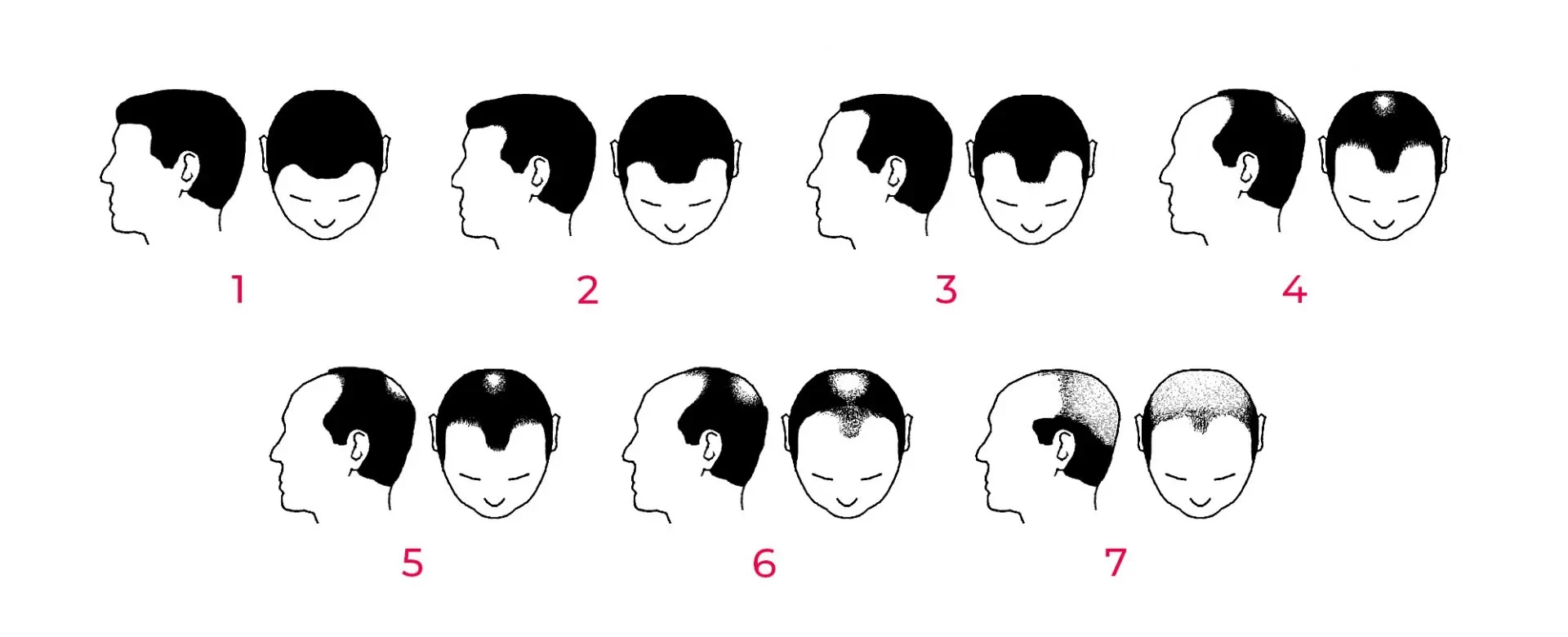
How long does it take to go bald after thinning
Progression varies: some thin rapidly within 10 years, others remain stable for decades. Women often thin slowly and rarely reach total baldness.
When balding starts and stops
Genetic loss may pause but usually continues without treatment.
Norwood and Ludwig scales
The Norwood scale tracks male hair loss from mild to advanced stages, while the Ludwig scale measures female thinning. These scales also highlight different types of hair loss, such as receding lines or diffuse thinning.
Hair loss timeline
On average, balding develops over 15 to 25 years. Some thin quickly, others more slowly. Women usually notice gradual changes, often during hormonal shifts.
When to Seek Professional Help
You should see a specialist if you notice hair loss suddenly, develop patchy thinning, or shedding linked to medical conditions. A doctor can determine whether the issue is temporary or part of hereditary hair loss.
At Kopelman Hair, patients are encouraged to seek advice when the first signs of hair loss appear. Early care protects existing hair follicles and expands treatment options, including preventive therapies and modern hair restoration solutions.
Treatment Options for Balding
Patients often ask if hair loss can be stopped or reversed. While complete reversal is rare, treatments can slow loss or restore density.
Can balding be reversed?
Yes, progression can often be slowed and sometimes partially reversed with early intervention.
Medical therapies and prevention
Finasteride reduces DHT, slowing follicle shrinkage. Minoxidil improves blood flow to hair follicles, encouraging growth. Both work best when started early. Some treatments extend growth cycles, which may cause more hair falls initially before regrowth.
Hair transplant solutions
For advanced cases, surgical restoration offers long-term results. At Kopelman Hair, Dr. Kopelman specializes in modern hair restoration techniques that restore density and natural appearance. Unlike temporary fixes, transplants use the patient’s own follicles for a lasting solution.
If you are starting to notice hair loss or want expert advice on treatment options, the best time to act is early. Schedule a consultation with Dr. Kopelman at Kopelman Hair to explore personalized hair restoration solutions and protect your confidence for the future.


